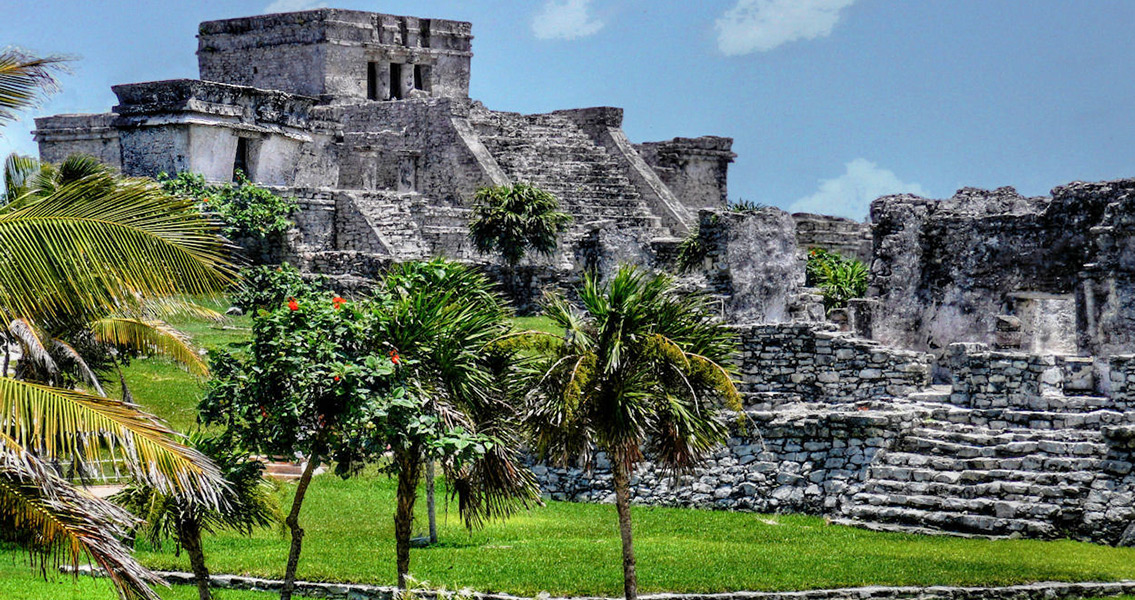<![CDATA[Climate change is one of the major problems facing the world today. It is not simply a modern-day occurrence, however. Ancient populations also struggled to deal with changes in their environment. New research has explored the devastating consequences of climate change on an ancient Maya civilisation. Researchers have found that historic droughts in Central America matched the patterns of disruption to Maya society. Importantly, these findings provide clues regarding the longstanding questions about what role climate change had in the Maya collapse between 800 and 950 CE. Paleoclimate records indicate a series of severe droughts occurred during this period of Maya decline. Evidence for drought, however, largely derives from the drier, less populated northern Maya Lowlands. As such, this does not explain the much more drastic societal disruption in the humid conditions of the southern Maya Lowlands. "Our work demonstrates that the southern Maya lowlands experienced a more severe drought compared to the north," said Mark Pagani, a Yale University professor of geology and geophysics and co-author of the study, published in the Proceedings of the National Academy of Sciences. Interestingly, the team found regional variation amongst Maya societies. It appears that droughts were most severe in the areas with the strongest societal collapse. "The south was the center of the Maya population, and their capacity to adapt was limited," Pagani explained. "The north was already accustomed to fairly dry conditions and did much better. There was actual expansion there after the collapse, but the southern cities never recovered." The team also found evidence of earlier droughts which had not been so destructive. These earlier droughts coincided with agricultural intensification, suggesting that the ancient Maya had successfully adapted to previous episodes of a drying climate. They could not, however, cope with the more extreme droughts that occurred after 800 CE. Evidence reveals that the Maya were particularly resilient in adapting to climate change. The research team argues that a change in maize production during an earlier drought allowed populations to continue to grow. Agricultural techniques changed drastically during this period from swidden - a method of clearing land by slashing and burning - to a more intensive, concentrated system of crop production. By examining hydrogen and carbon isotopes in leaf waxes found in lake sediment cores from Mexico's northern Yucatan region and Guatemala, the team could study drought and precipitation amounts and gain insights into agricultural methods. "The research makes clear that the ancient Maya were not passive victims of climate change—they adapted in response to drought, but it only worked up to a point," said Peter Douglas, lead-author of the study, currently based at the California Institute of Technology. "This highlights the importance of taking a long-term perspective in adapting to future climate change, especially considering predictions of very severe climate impacts in the latter part of this century and beyond," Douglas added. Climate change is a major concern for societies, both past and present. Its role in the decline of the Maya civilisation has yet to be fully explored. Now, Pagani, Douglas and their team have revealed some of the drastic consequences of climate change. For more information: www.pnas.org Image courtesy of Wikimedia Commons user: Kimse]]>
Climate Change Contributed Towards the Collapse of the Maya
